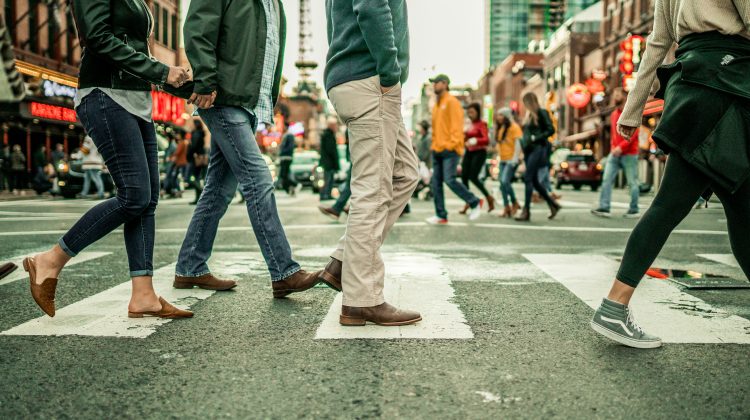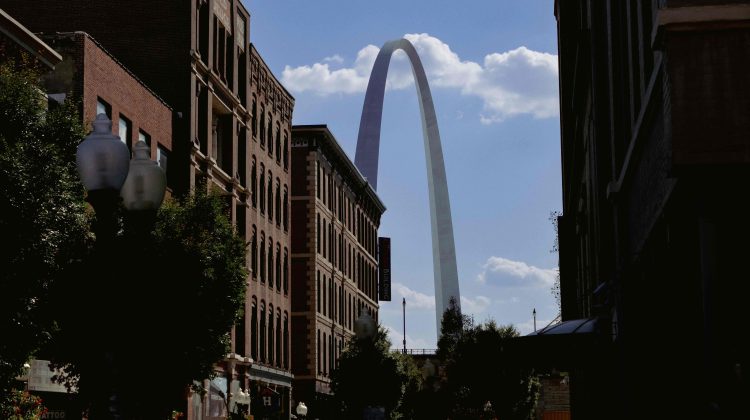When people ride an elevator, they’re likely not thinking about the safety of the machinery and potential risk of injury. Elevators are frequently repaired and maintained to prevent accidents, making them ready for passengers in multistory buildings to use. This article will discuss how safe elevators really are and address the common causes of elevator accidents.
How Common Are Elevator Accidents?
Based on data from the U.S. Bureau of Labor Statistics and the Consumer Product Safety Commission, approximately 30 people are killed and 17,000 people are injured by elevators and escalators per year in the United States. U.S. elevators make an approximate 18 billion trips per year—amounting to a 1 in 600 million risk of fatality. You’re more likely to get struck by lightning or attacked by a shark than you are to be killed in an elevator accident.
Elevators are more dangerous for the technicians repairing, installing, and maintaining them than they are for passengers. In fact, there are an average 14 elevator technician deaths per year while operating the machinery, accounting for half the annual death rate. Technicians are at risk of falls, electrical shock, and muscle strain injuries from operating heavy equipment. They must be cautious while working so as not to get injured.
Overall, elevators are not even close to being the most dangerous mode of transportation. Unlike a car, elevators have an automatic brake system to prevent accidents and injuries from occurring. Elevators should be checked routinely to ensure they are functioning correctly. Improper maintenance of an elevator or incorrect elevator installation could lead to risk of injury.
What Can Lead to Elevator Accidents?
There are many causes of elevator accidents. Here are some of the most common problems found in elevators that can lead to injuries:
High Elevator Speed
Sometimes, a defect in the elevator may cause it to travel at too high a speed and lead to the passengers being thrown around in the elevator.
Misleveling
This is the most common cause of elevator accident lawsuits. This occurs when the elevator fails to stop level with the floor. This can lead someone to slip and fall.
Defective Sliding Doors
Defective sliding doors happen when door close improperly and lead to injury. This can lead to fingers or other appendages being crushed. This happens when door protector devices such as detectors and safety edges malfunction or have a defect.
Falls
According to Clifford Law Offices PC, falls are the most dangerous type of elevator accident and are responsible for the highest number of deaths. Falls can be due to door interlock malfunction, illegally opening the elevator door, or passengers exiting elevators stopped over three feet above the floor level.
What to do if You Get Stuck on an Elevator
If you get stuck on an elevator, first, breathe deeply. Stay calm and try to find help. There will be an elevator call button on the panel that can be used in emergency situations. This will help you connect with the building’s security team, and they can send a technician to assist you. Alternatively, you can bang on the door, and someone might hear you. If the button is not working, and you happen to have your cell phone, you can use your phone to contact the police.



No Comment